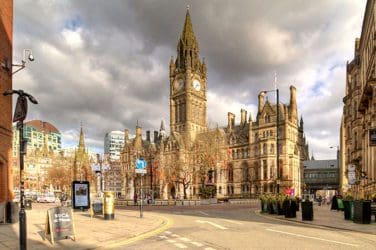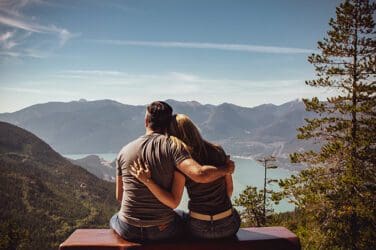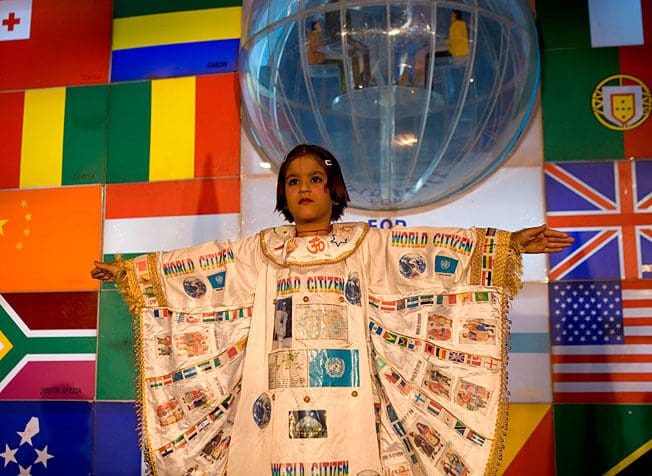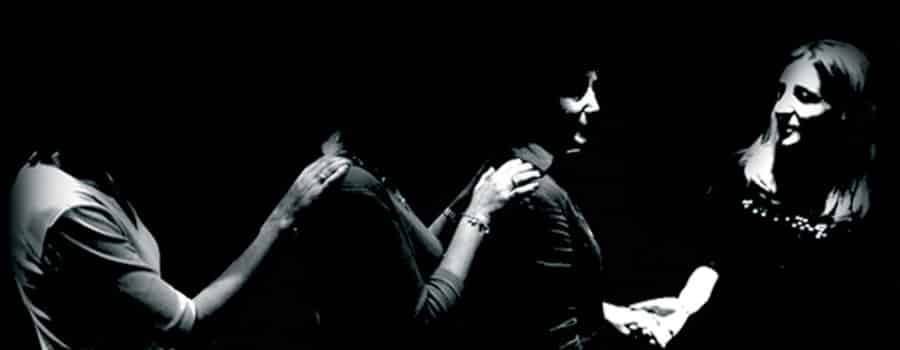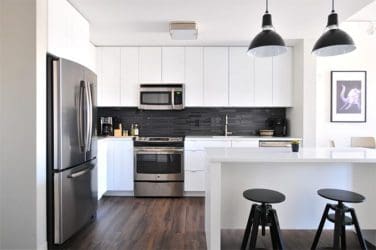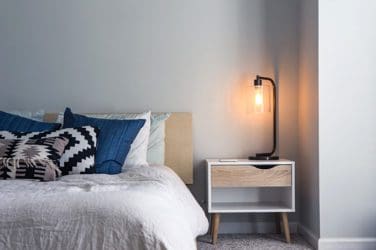words Alexa Wang
Fashion photography as a genre of photographic art appeared at the beginning of the last century. During this time, it has managed to win back a solid share of the professional photography market. As you have already understood, today we are going to talk about fashion photography, we even made a little guide for you. In addition, we recommend reading an article about photo poses for women on Skylum’s blog page.
It is a genre showing clothes, accessories, hairstyles, and other aspects of the fashion industry. The main platforms for placing fashion photos are magazines. The genre is closely related to advertising and glamour photography; it is an important tool for fashion development. Nevertheless, fashion photography is not as complicated as it may seem to a beginner and our guide will help you realize that.
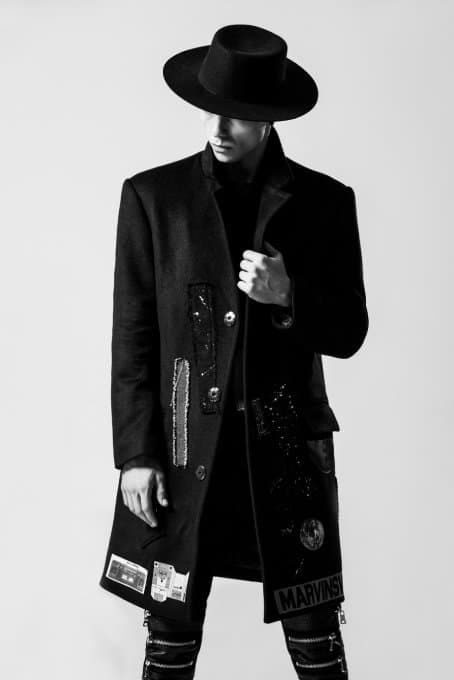
Preparing for the Shoot
No matter how talented a photographer you are, preparation is a key to ensuring that the shoot goes smoothly and the client leaves you satisfied with the results. And it all starts long before the day of the shoot itself:
- The first step is the selection of models, best done through a special casting for each shoot. The main purpose of this is to choose the right model or models, but it’s also helpful to spend some time with the client.
- Before the meeting, of course, you need to read the instructions from the client and take into account their vision of what the final shots should look like.
- Model casting is often the best way to ensure that you and the client see and understand the creative goals in the same way. Model casting allows you to meet potential models in person, but it also allows you to get to know your clients better and discuss an upcoming shoot with them.
Successful model casting doesn’t happen by itself. Regardless of what time you tell the models to arrive, it’s best to ask the client to arrive an hour early. This allows for an initial conversation and allows me to be prepared to meet models who may arrive before the agreed time.
Organizing Your Shooting Schedule
You need most of the crew to arrive at the same time in the morning, but more importantly, you need to have the models arrive alternately throughout the shooting day. This is the only way you can end up paying for only the number of hours each of them required.
To be safe, it’s best to start with the most experienced model. They are more likely to know how to arrive at the studio on time. More importantly, they can help put a good start to a shooting day. The last thing you would want is to start with a relatively inexperienced model, and as a consequence find yourself not knowing how to get a good start on a shoot.
Once you can show your clients a strong shot on the computer display, you’ll feel the tension subside and the rest of the shoot goes much more relaxed. Ideas grown from the first set of shots can also be used to inspire the models you shoot later.
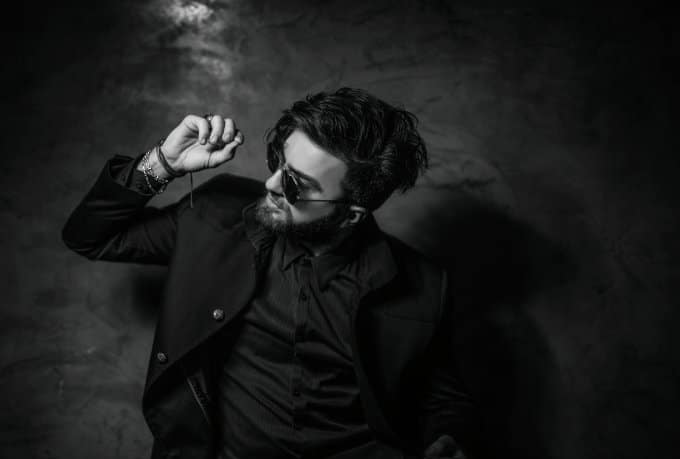
Keep All Under Control
Photographers are overzealous, trying to be as technical as possible with the lighting, so here’s an example of that:
- When a model is fully prepared for a shoot, you don’t always have a lot of time before your hair starts to fall apart or your makeup loses its freshness.
- It is extremely important that you test your lighting beforehand, and that you control all the technical details. When the studio light doesn’t work or the light balance is wrong, it’s frustrating for everyone on the shoot.
- If you use complex lighting schemes, be sure to test them thoroughly beforehand so that the intricacies of the light don’t delay the shoot.
No matter how well-prepared you are, sometimes there are things you just can’t control, and they lead to days you would love to forget. A common mistake is to create such a complex lighting scheme when working in the studio that it overwhelms the session.
If you put your model in front of a bunch of lights and tell her she can’t move to one side or the other, it becomes very easy to kill any possible spontaneity. Moreover, if your model can offer you a great pose, but you are not ready or able to photograph her, the moment will be missed and the shoot will suffer.
Sometimes it’s better to keep the light simple and flexible so that the model has room to move. Especially since you can always make some adjustments to the light in the photo editor. For example, Luminar Neo can create realistic three-dimensional lighting in just a couple of clicks and it’s beautiful!
Think About an Assistant
The process of fashion photography can be stressful in the preparation stages, but in the end, a good shoot should leave you feeling satisfied with the work you have done. You hardly want to burden yourself with unnecessary distractions on the day of the shoot itself, hence the need to be fully prepared in advance. Even so, there are always things that happen that may haunt you afterward (even if the shoot seemed extremely successful).
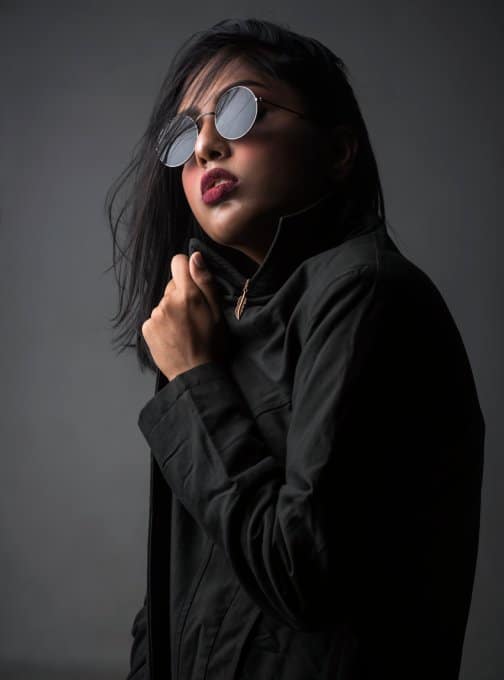
This is where an assistant can seriously help, serving as an extra pair of eyes and ears, also noting when the models arrive and when the shoot ends, and paying attention to whether the clients are happy with everything and whether there are any problems behind the scene. Details always matter.




